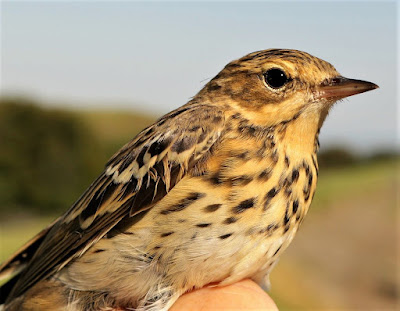The ringing squad aka The Old Crocks could not make it this time. Too much beer/wine, baby sitting and/or too many aches & pains left me alone to seek birds. Better luck Friday when we hope to tackle the Cockerham Sand Martin colony for the first time this year.
A sunny morning beckoned as I set off north along the notorious A588 through Stalmine, Pilling and Cockerham, FY, PR and LA respectively, not as far apart as those differing post codes might imply. The tortuous road is less dangerous since at great cost and much protest from late-to-work boy racers a large number of average speed cameras made everyone slow down; we are told the bright yellow devices work in the dark, can detect drivers using mobile phones and record a driver’s eye colour.
A little late but 1984 is definitely here with Tory Boy followed seamlessly on by Starmergeddon; more taxation and then The Magic Money Tree to stoke inflation. More surveillance, nanny statism and nationalised services about to make everything worse. Wait until 80,000 new windmills sit proudly across every rural constituency in the cause of Joke Zero. What a coalition that will create - anarchists, useful idiots and environmental swampies, as middle class retirees fight for their property value with lumps of newly laid concrete. Sit back with the popcorn and enjoy the show. Only five years to go.
Mind you, the A road is still dicing with death as I found out when slowing to an almost stop at double white lines and then a sharp bend at the sight of Barn Owls, first at Pilling and then at Cockerham. Some fool almost took my door mirror off! Hanging around for more pics was definitely dodgy so luckily the blog archive of circa 90/100 Barn Owls pics saved the day.
Barn Owl
After a slow start with flooded fields and dykes in early 2024 it’s clear that the local and ever adaptable Barn Owls are now feeding young in a number of scattered locations.
Barn Owl
A flash, a putative pool, some 60/70 yards distant at Cockerham held three brown Shoveler ducks, the species now quite scarce, distinctly wary & unfriendly to those bearing a camera (or a gun). Some weeks ago I saw the male alone on a different flash of water from where he flew in the direction of this latest sighting, thus making a record of likely breeding for this overlooked species.
Shovelers
Shoveler
Nearby were a couple of Golden Plover, a colourful adult and a spangled individual; a rather unusual time of year but a species which may still breed on high ground inland not too many miles away in the Pennine Hills.
Golden Plover
Golden Plover
Lapwings are beginning their autumn gatherings with 40/60 on Conder Pool, the once peaceful area of water loved by birders, now transformed by experts and renamed Gull Hell in homage to the several hundred Black-headed Gulls that now call it home.
To be fair the gulls give protection to a number of Common Terns that nest on rafts where no raptor worth its salt would want an onslaught of hundreds of Black-headed Gulls.
Common Tern
We gained a cacophony of noise - gulls, terns and Avocets while losing breeding Lapwings, Redshank and Tufted Duck but left Oystercatchers hanging by a thread. Such is progress.
I drove to a quiet spot and took a few pictures of common birds in the bright light of morning.
Linnet
Woodpigeon
Reed Bunting
Pied Wagtail
The forecast looks good for Friday and Sand Martins. Take a look soon and see how The Old Crocks performed. It may not be pretty or at a fast pace but we try hard.













































